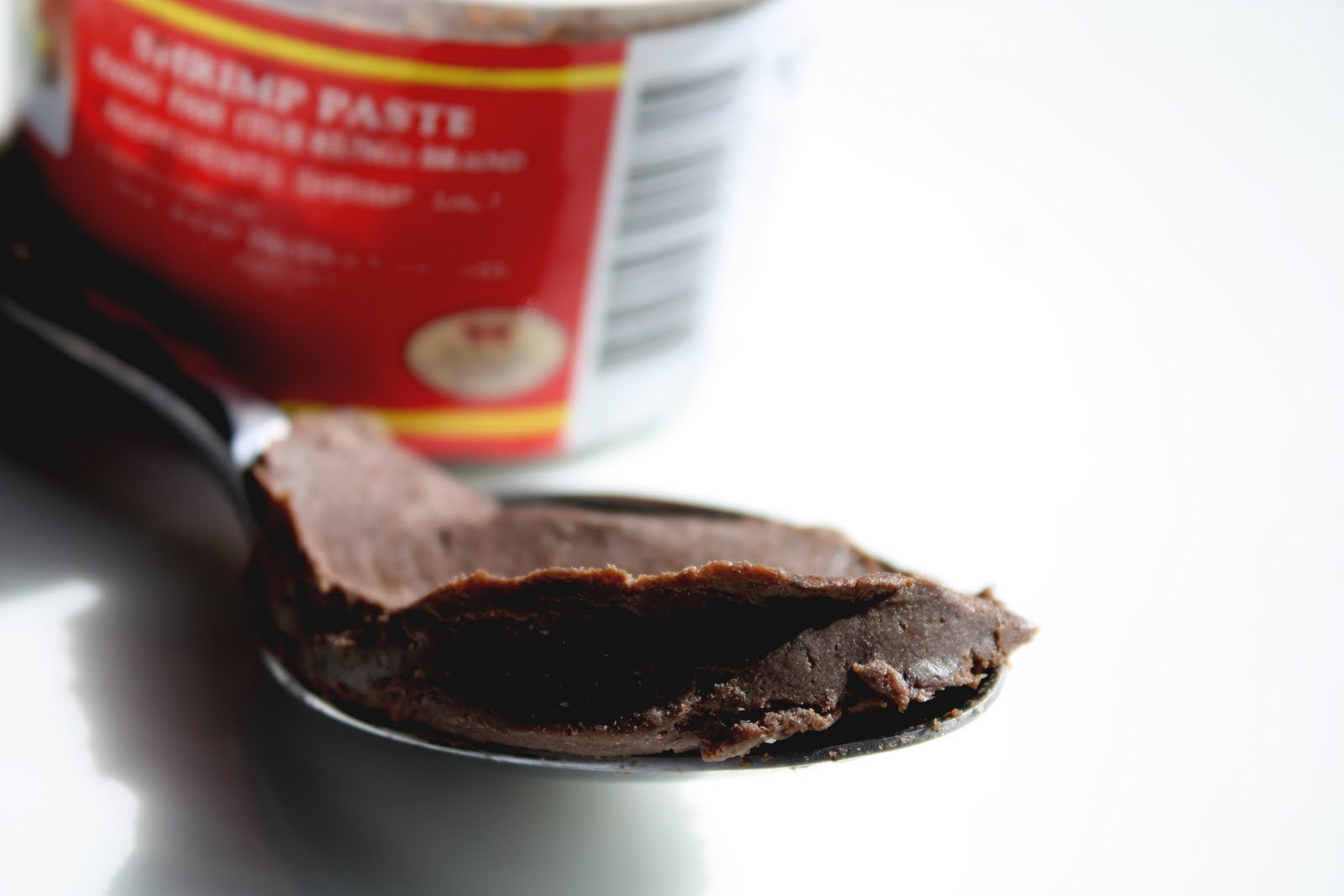

Then add the shrimp paste and palm sugar to the mortar, and pound and mix simultaneously for about a minute until the mixture is even.Add about 10 pea eggplant to the mortar, and gently crush them, just to release the seeds.In a mortar and pestle, pound the garlic, shallots, and chilies for about 10 minutes until you get a nice semi-smooth oily paste.Peel the shallots and garlic, and rip off the stems of the Thai bird's eye chilies.

This step is optional, but it increases the fragrance of the shrimp paste. Allow the shrimp paste to just sizzle for about a minute on either side, then remove from the grill. You should immediately start to smell the aroma of the shrimp paste.

Though you could shift everything over to a bowl, it’s easiest to just mix everything in the mortar, and that way you can sort of stir and lightly pound all at the same time.Īdd in both the shrimp paste and the palm sugar, and then mix it thoroughly with the ground garlic and chilies.įinally add the lime juice, and for this recipe I like to just squeeze it directly from the lime to the shrimp paste sauce. The next step is to add in the shrimp paste, already fragrant from the grill. Then add a couple of pea eggplant, and give them just a gentle pound. I probably pounded for about 15 minutes or so. It doesn’t need to be as smooth as a Thai curry paste, but you’re looking for a semi-smooth paste with not big chunks. I pounded for about 10 minutes to get the consistency I wanted. The first step is to toss in all the peeled garlic, shallots, and chilies, and just pound and grind them into a coarse paste. If you don’t have a mortar and pestle, you could probably get away with using food processor or blender to puree all the chunky ingredients, but I think the flavor, slow releasing all those oils from the garlic, shallots, and chilies, is best if you can do it by hand. In order to make nam prik kapi (น้ำพริกกะปิ), it’s really best to have a stone mortar and pestle and grind all the ingredients by hand. It’s best to use a stone mortar and pestle


 0 kommentar(er)
0 kommentar(er)
